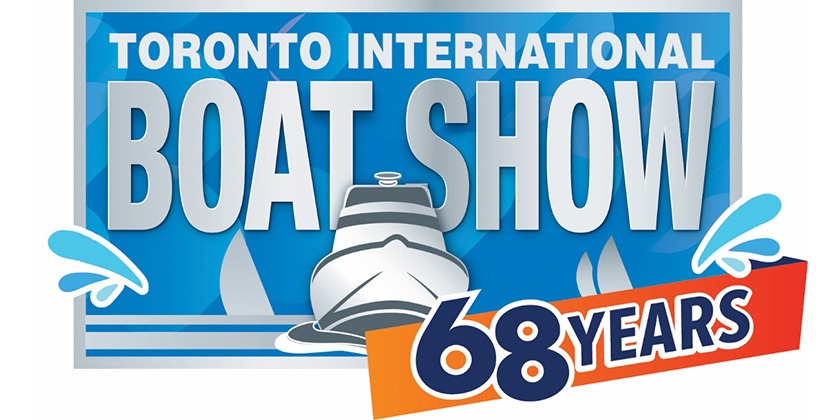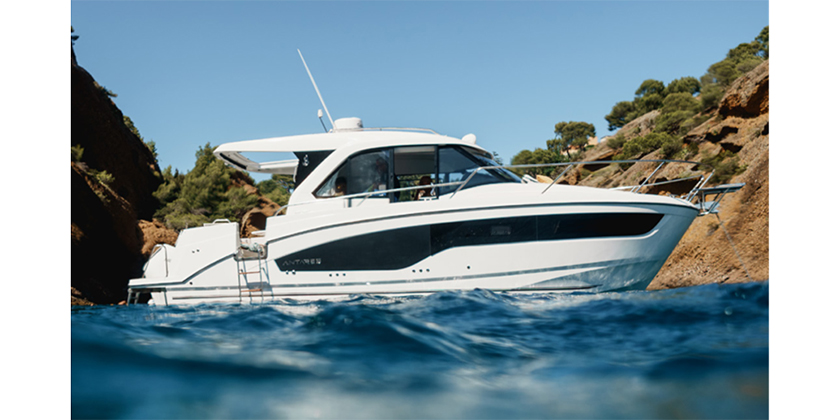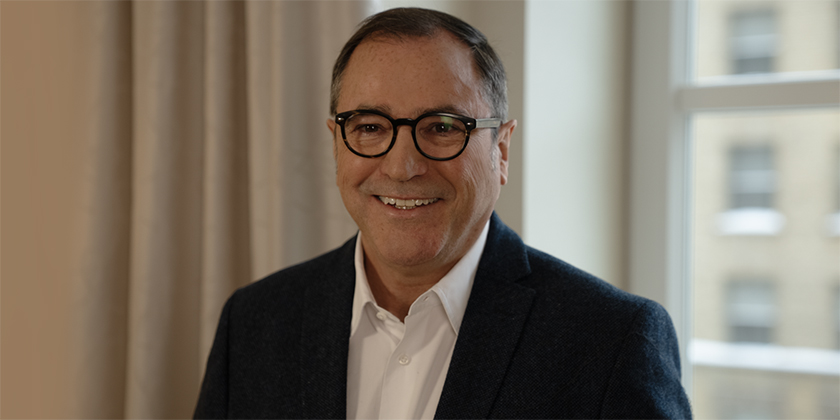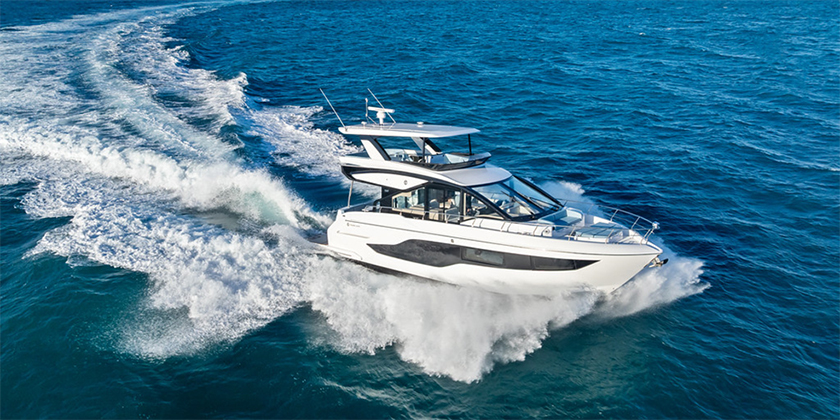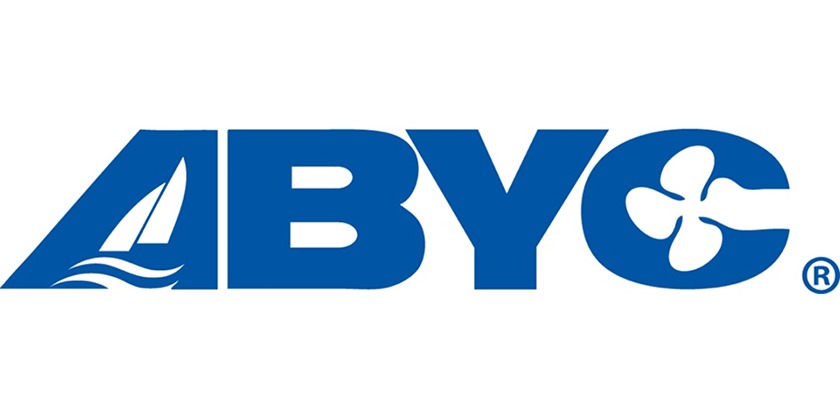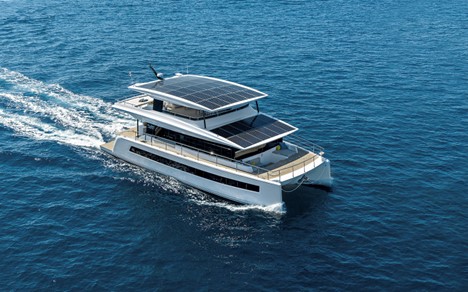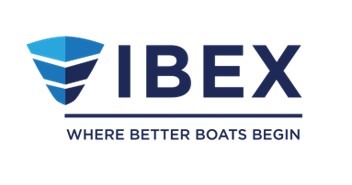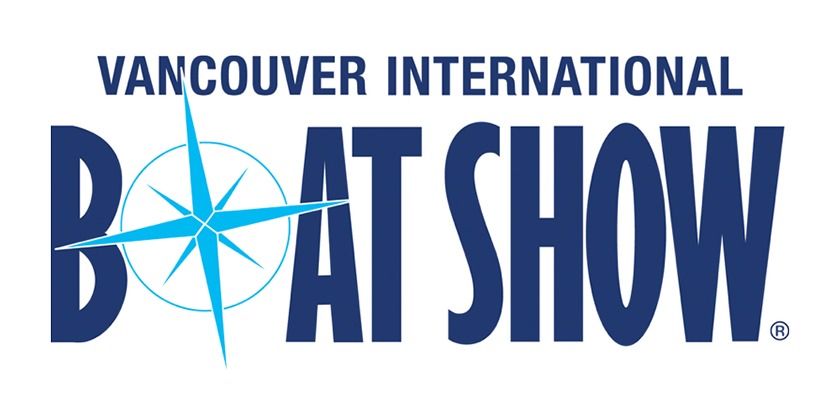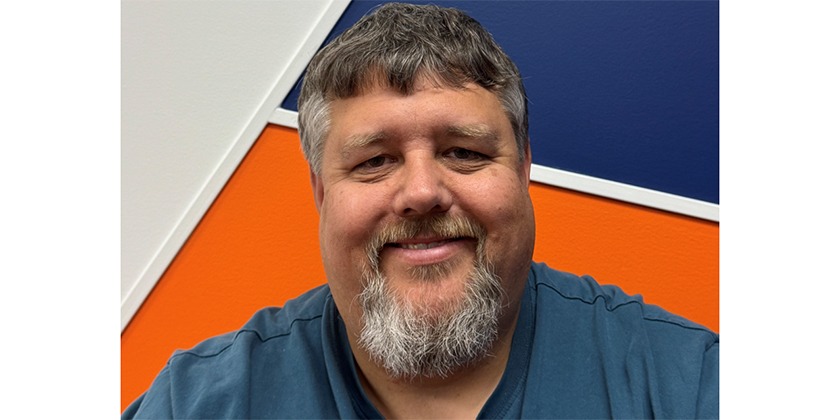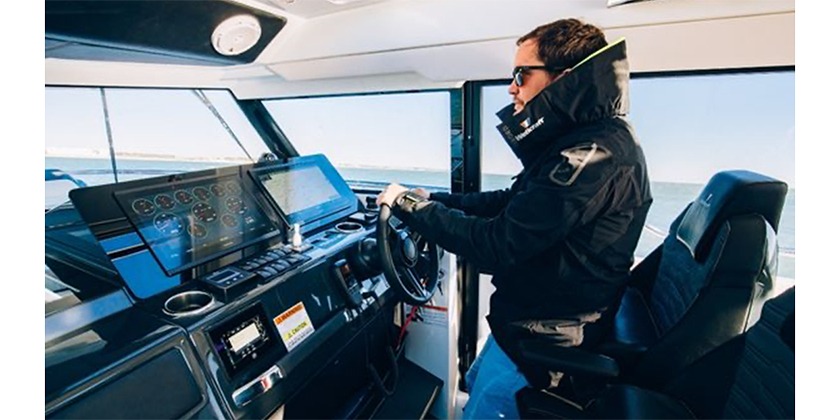Q&A WITH MERCURY’S RANDY CARUANA
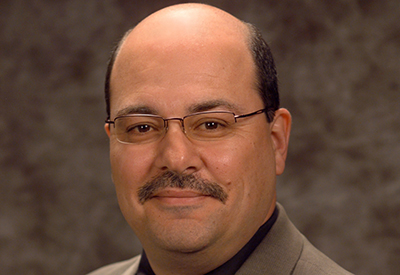
Oct 3, 2017
Mercury Marine’s Vice President – North & Central America and Asia Pacific
By Jonathan Lee
Q: How have your latest product introductions improved the Mercury brand in your opinion?
A: Mercury has always led the industry with respect to new product introductions. Our pace of product unveilings over the past four or five years has been consistent. We launch a new item on average about every two months. Some may be small – such as a prop, and others large – such as our recent 6.7L diesel engine, but the pace of technology development and introduction is driving our product growth in the marketplace. For the most part, customers are now expecting technology. Look at how fast the automotive industry is moving in that respect. Someone can get into their $20,000 Honda Civic, which comes with a lot of standard technology. That expectation of receiving similarly advanced features also exists if they buy a boat. Each year, not only do we need to keep pace with those expectations, we need to go a step beyond that and lead the industry in technology development.
Q: When can we expect the next big product announcement from Mercury Marine?
A: I would say the next big announcement will be at the Miami International Boat Show in February of 2018.
Q: In addition to the Brunswick family marine brands, what can you tell me about how you have expanded the proliferation of Mercury engines on other boat lines?
A: Our recent development of the 350 and 400R outboards with joystick piloting has really attracted new partners who have not traditionally been Mercury customers to our family – driven by consumer demand for the new Verado product and joystick piloting features. The 350 is a splendid example of this. The running characteristics of the engine, its reputation in the marketplace and the power-to-weight ratio is driving typically non-Mercury customers to us.
On the high-end pontoon side, Verado has become the premier power option because of the running characteristics of the engines combined with power steering. In the aluminum fishing and even the high-end bass and walleye boat categories, Verado has become the premier engine as well. Meanwhile, our 350 and 400R Verados have been growing tremendously in saltwater markets over the past two years. We thought it would slow down in 2017, but the growth actually gained momentum, increasing at a faster pace than it did a year ago.
Q: Although being a smaller horsepower market, what has the demand been like in Canada for your high horsepower Verados?
A: We’re seeing the most response mainly in the pontoon category. We’re starting to see a little bit more interest in the larger fibreglass day boats as they migrate from sterndrive to outboard. The other significant thing that has been strong in Canada – and I know it seems odd – is the demand for centre consoles such as Scout and Boston Whaler. This category seems to be gaining momentum in the eastern provinces now. Consumers, are looking for more versatility in boats and they’re migrating to pontoons, larger day boats and centre consoles because of that versatility – and a lot of those boats happen to be powered by outboards.
Q: How is Mercury growing its brand in Canada?
A: Our strategy is similar to the one we have in the US. As our engines become available on more boat brands, our network automatically grows as our product is introduced to new boat dealers. We have a strategy to ensure our dealers are set up for both sales and service so customers can be supported. That has been long-term strategy for North America. We are seeing a faster migration to a lot of the newer brands that are coming up to Canada that weren’t traditionally sold there before. A good example is Scout, which is growing its distribution in Canada. Some dealers in the Canadian market are seeking to get into that style of boat. Even Sailfish is setting up dealers in Canada.
Q: How long does it take to get a new dealer ready to represent the Mercury brand?
A: It depends on the dealer. We can set them up to just sell product, which literally takes a few days. If they want to become a sales and service dealer, they must through our service school curriculum unless they have a Mercury-trained technician. If they already have that technician, we could set them up in a couple of days; it doesn’t take that long.
If they need to attend a service school, we have locations in Ontario, BC, Quebec and the Maritimes. These have always been ideal training destinations, not only for Canadian dealers, but US dealers as well. In fact, about 50 percent of dealers trained at those locations are from the US. American dealers close to the border actually prefer to go to Canadian training centres because the teachers are not full-time instructors, they’re service staff that instruct in the offseason. Service staff deal with issues and challenges day-to-day, and tend to know the product better than the full-time instructors. Dealers really appreciate receiving first-hand knowledge.
Q: How do you support your dealers to help them succeed?
A: We started the Power of Choice program in Canada, which eventually spread to the US and has become available to our dealers around the world. This unique program offers incentives to dealers to not only sell more product, but to move more business to Mercury. That could be on the parts side or the engines side. In Canada, it also includes Land N Sea sales. It’s really a one-of-a-kind program because dealers can earn rebates based on their entire purchases of parts and accessories as well as engine registrations. For a lot of dealers, it’s a huge amount of money that they earn back. Mercury also offers a reward above and beyond the Power of Choice program for loyalty based on order volume, earning them a huge amount of money back at the end of the year without necessarily having to grow their business to accomplish.
Q: What is Mercury doing to support the marine industry as a whole?
A: Come May, the National Marine Manufacturers Association’s (NMMA) American Boating Congress (US) and Boating Day on the Hill (Canada) are huge events where we show our support for the marine industry. A contingent from Brunswick will meet with various politicians and policy makers to talk about topics like tax credits, workforce issues and other ways we can help to grow the industry in North America. Our company President, John Pfeifer, was part of a roundtable with President Trump this past June, discussing the future of job training, technical college education and apprenticeships. We recently invited the governor of Wisconsin to our facility in Fond du Lac, showing him some of our recent R&D expansions. We also constantly work together with our industry associations, supporting NMMA’s Discover Boating and Grow Boating programs. Mercury is a part of several sportfishing associations where we not only focus on conservation efforts, but on finding ways to get people out on the water.
Q: The average price of a new boat purchase seems to be increasing each year. What can you say about the importance of keeping boating affordable to attract newcomers to the recreation?
A: That question has been around for as long as I’ve been in the industry. I think the problem is that everyone thinks that the 21-foot Sea Ray is a starter boat – it isn’t. There are affordable ways to get into boating, especially if you are a fishing advocate. I started out with a 14-foot aluminum boat with 7.5hp engine, and it got me out on the water fishing.
Within the Asian community in Canada, there are many avid fishermen. A lot of them will rent a small tin boat, and that’s how they start out. For three or four thousand dollars, they can get into a new aluminum boat with a small horsepower engine. Over time, they begin to upgrade. Vancouver, BC-based M&P Mercury Sales is a splendid example in Canada of a dealer that has successfully reached out to this community. A high percentage of their sales are to the Asian community and M&P’s CEO, Bob Pappajohn, has changed everything he’s done within his business to cater to that culture.
The dynamics in big cities are changing. Many have a significant Asian influence or middle eastern influence. Some of these culture love boating, while others don’t. The Chinese culture historically does not boat. However, boating has now become a big status symbol for that community, even more so if you can captain the boat. Dealers need to adjust to the changing needs of the demographics in their local area to better ensure success.
Q: Some of your dealers have voiced concerns about pricing challenges versus their big box competitors. What is Mercury doing to help level the playing field?
A: We have heard of the concern. Mercury Canada has introduced several retail incentives to dealers to kind of level set pricing. The biggest issue we have is fluctuation in currency. As the currency fluctuates, you tend to get advantageous pricing on one side of the border versus the other. Depending on where that dealer or retailer buys the product, you will get fluctuation. With the Canadian dollar shifting 20 to 25 percent in a 30- to 45-day period it can be very difficult to get pricing to where it needs to be. For Canadian dealers, we will continue to look at adding retail incentives and promotions to help level set pricing.
Q: We discussed increasing consumer expectations at the outset. How do you envision boating changing in the next five years?
A: When you see features like self-parking or lane monitoring features on cars, it really highlights the future potential of automated docking and all the things that boaters tend to be concerned about.
For years, docking has been a major concern for people. Some boat buyers opt for a smaller boat to avoid the anxiety of docking a larger vessel or one equipped with multiple engines. Technology is making handling a lot simpler and consumer friendly. If you look at just over the past 10 years on the outboard side, it was rare to see a boat with more than two engines on the back. In triple applications, people never knew what to do with that middle throttle. Technology has eliminated that issue. Regardless of the number of outboards, you can use a single throttle or even a joystick to dock. The complexity is gone from multi-engine applications, helping builders and dealers to reduce the hesitation of consumers to move to a bigger boat.
Q: Besides the issues we’ve already touched on, what do you feel are the biggest challenges facing the boating industry?
A: One of the biggest challenges we’ve faced for a number of years is how to keep people in boating. As many new boaters we attract, we lose just as many. Getting people in is just half the battle, getting them to stay is just as large of a challenge. People get out of boating for a variety of different reasons. The biggest concern for me – if you look at the cross section of that group – is that a lot of them are baby boomers. Either they move into other interests or they’re just getting old. The one good thing is that pontoon boats have really attracted a portion of that group who otherwise might not still be boating today. It’s easy to understand why. Pontoons are easy to operate, allow people to take out their family and friends, and they’re stable and safe vessels. Nonetheless, keeping people in boating remains a huge challenge as costs continue to skyrocket.
Another issue is how service capabilities and the purchase experience are evolving into more of an e-commerce format. For instance, any work I want to book for my house can be accomplished from the convenience of my cellphone within minutes. I’m not sure that we’re completely there yet in the marine industry. It’s more likely a boater will call a service centre during the summer months and hope a technician can get out to service their vessel within 10 days. Consumers have fixed vacation time and they want someone to respond to their needs immediately. As an industry, we need to figure out how to ‘up our game’ to take away that hassle factor.


